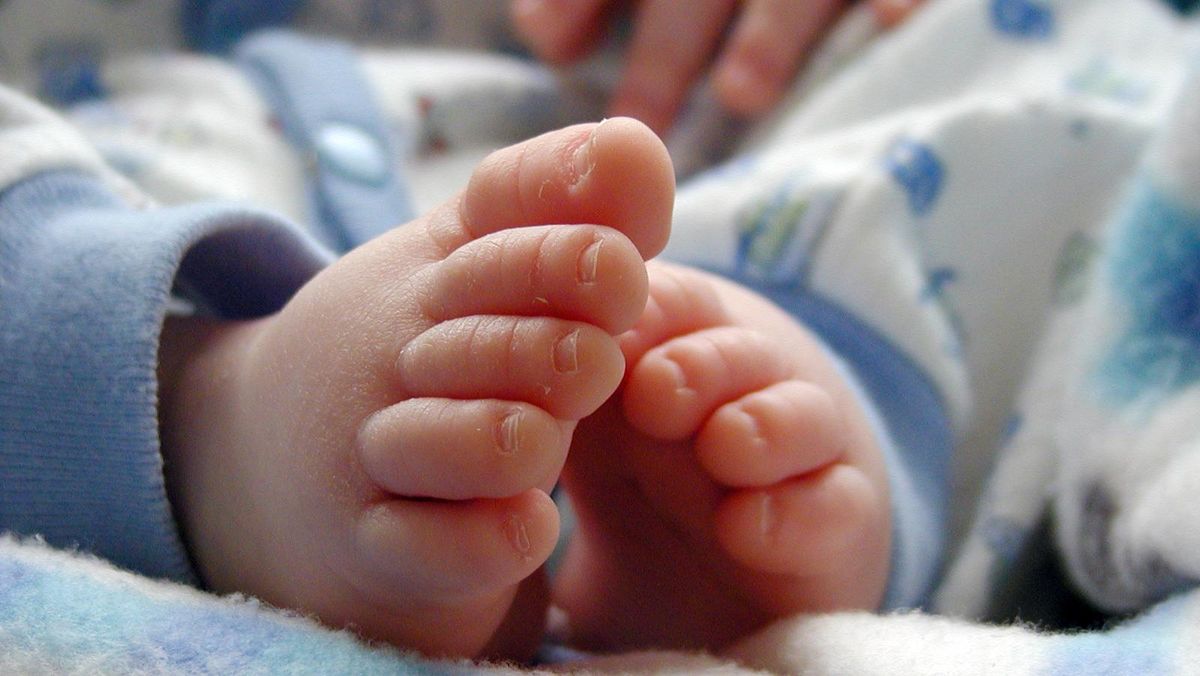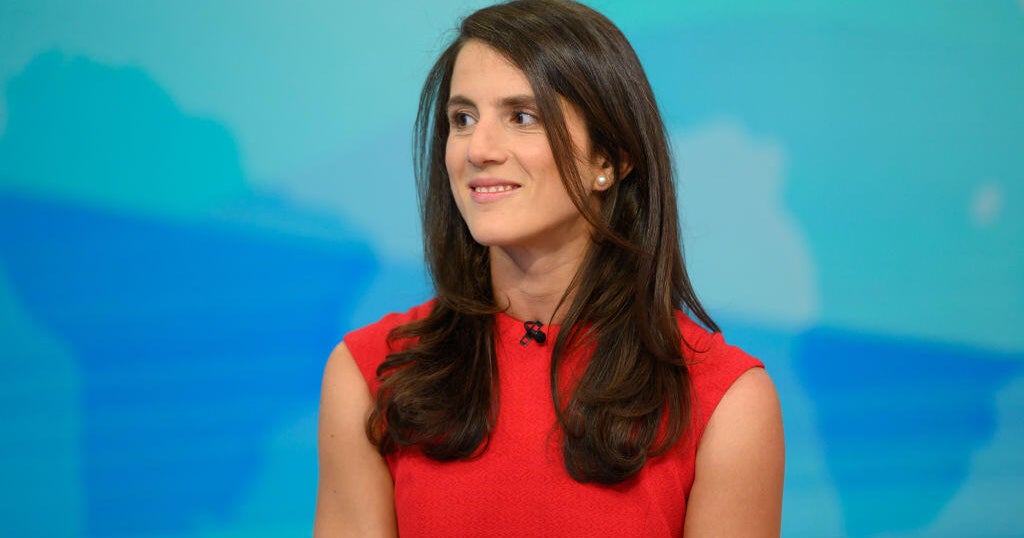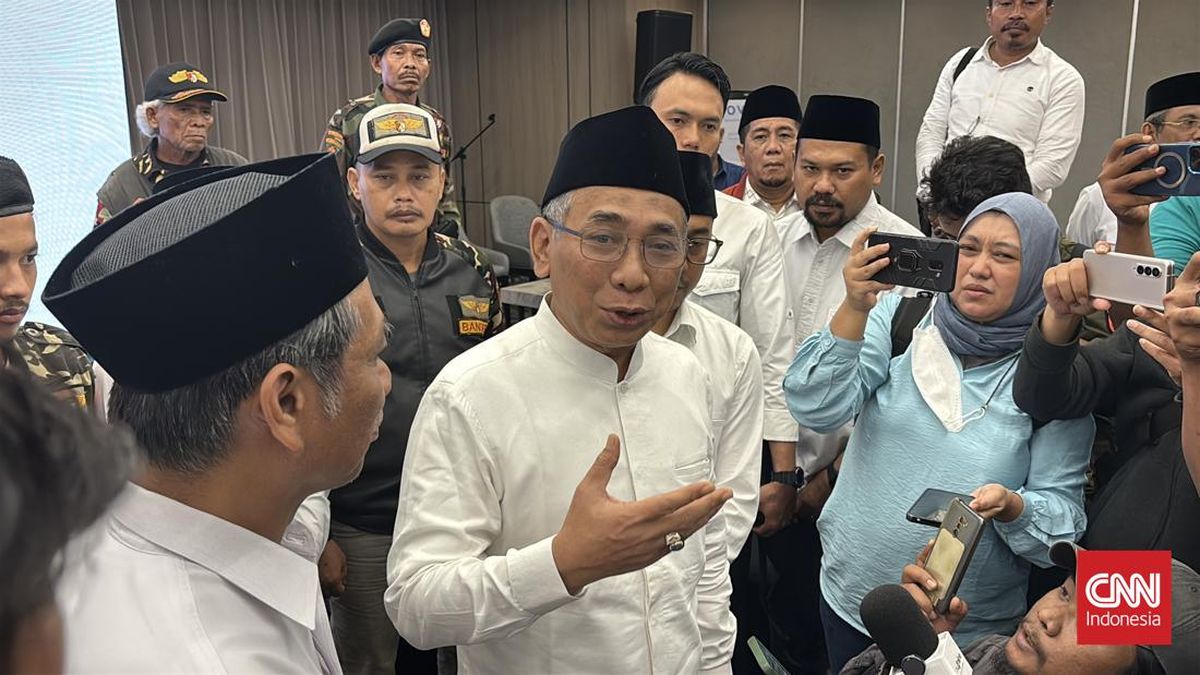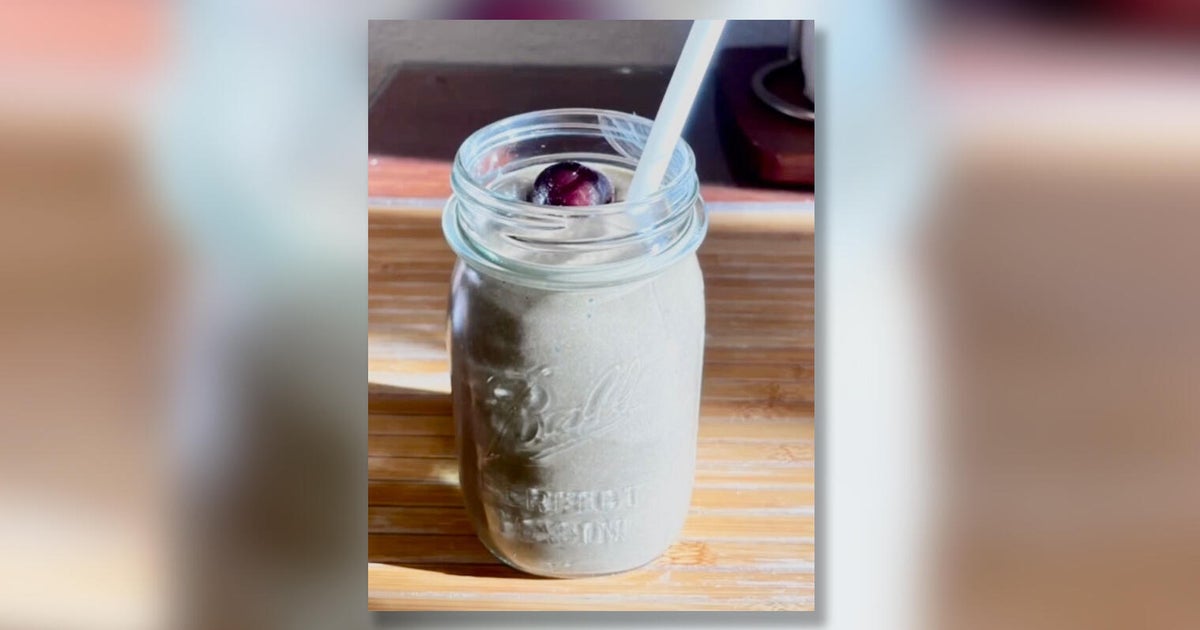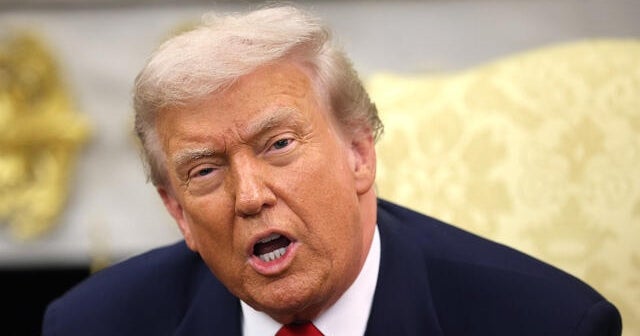In their final year at Nuriootpa High in South Australia’s Barossa Valley, a teenage girl wrote in her best mate’s yearbook of her dream of becoming a journalist – naming Jana Wendt, then the doyenne of TV current affairs in Australia, as her ultimate role model.
The year was 1989 and that teenager was Kellie Sloane, whose lofty ambition came as no surprise to the owner of the notebook, her lifelong friend Anna Hayes.
“She was always destined for some form of leadership,” says Hayes, recalling that Sloane was an all-rounder at school: on the debating team, president of the student representative council, and winner of the school’s top honour that year, the Coulthard prize. “She has never shied away from hard things.”

Kellie Sloane in the Liberal Party meeting room.Credit: Steven Siewert
The two have remained close. “She is the first person I pick up the phone to in a big life event, and I think the same for her,” Hayes adds. “I see in Kellie now exactly what she was when we first met – loyal, compassionate, kind, very determined, and lots of fun.”
Sloane never reached the soaring heights of journalism that Wendt did, though she carved out a well-credentialled media career in TV at Nine and Seven before changing direction into business and the non-government sector.
Instead, that early aptitude for leadership has swept her into the toughest job in the NSW parliament.
Sloane, 52, a first-term MP and state member for the well-heeled eastern suburbs electorate of Vaucluse, was anointed, unchallenged, as NSW opposition leader on Friday morning after a turbulent week that at times had threatened to descend into farce.
For days, she’d kept her head down as speculation mounted about the fate of Mark Speakman, a fellow moderate and friend, and a man who had the unmistakable look of political death about him.
Rumblings had grown louder of a possible challenge from the party’s right, in the shape of shadow attorney-general Alister Henskens. But her backers were convinced that she’d had the numbers for months, and that the job was hers for the taking. It was the “taking” bit she was baulking at.

Mark Speakman and Kellie Sloane speak to the media on November 10 after Sloane received threats on X in response to her condemnation of a neo-Nazi rally outside Parliament House.Credit: Sitthixay Ditthavong
In recent days, she’d seemed trapped between competing political virtues. On the one hand, there was her reputation for loyalty, which she prized. She’d told people that she was not so ambitious for the job that she’d do anything to get there; that she had a genuine and deep respect for Speakman – her first “political boss” – and that time was on her side. He had treated her generously, bringing her onto the frontbench as the Liberal environment spokeswoman as soon as she was elected in March 2023, and then promoting her into health.
Seizing the moment
She was also conscious of the fact that (as one member of her circle put it), “if a man knifes a leader it can be seen as strength. If a woman does it, it’s often not looked on so kindly”.
“It’s been hard for her because she is genuinely close to Mark,” another colleague observed. “She wasn’t going to be Julia Gillard and bring down a sitting leader.”
Yet timing can be everything in politics. Wait too long to strike, and the opportunity to lead passes you by, something former federal treasurer Peter Costello learnt to his cost. Some were starting to wonder whether Sloane had the toughness that political leadership demands.
She was finally forced to act on Thursday afternoon. Three factional lieutenants – Scott Farlow, Chris Rath and James Wallace – had been to see Speakman the evening before and spelt out the despondent mood in the party room. They didn’t force the issue. They thought he would “read the tea leaves”. Instead, he came out fighting on Thursday morning, telling Radio 2GB that no one had come to him to ask him to stand down. The situation was untenable.
So Sloane went to see her leader and told him, face to face, that she thought the party would have a better chance under her at the next election (recent polling results had been dire). By 5pm, Speakman was gone. In a gracious final press conference as leader, he endorsed her as a person of “enormous talent” to succeed him.
Was Sloane guilty of the thing she had told all and sundry she wouldn’t do, toppling a leader? Not according to her supporters. She had never agitated for it, they insist.
“She didn’t challenge him and she didn’t tap him on the shoulder,” one says. “She asked to meet with him and indicated that she thought she would make a better leader. Mark reluctantly agreed. I don’t think the conversation was, ‘I’m going to challenge you, I’ve got the numbers’. It was softer than that.”

Kellie Sloane with deputy Natalie Ward. Sloane says she would “like to think it’s yesterday’s problem” to get women in leadership in NSW.Credit: Steven Siewert
Softer, but messy nonetheless. On Friday morning, at her first press conference as leader, Sloane acknowledged that “I was a reluctant recruit initially”, before adding: “I’m 100 per there cent now.”
Outside the parliament, a strong sentiment for change had already become evident in the broader party as the week progressed. On Thursday, Charlotte Mortlock, co-founder of Hilma’s Network, an organisation dedicated to empowering women inside the Liberal Party, pointedly told the Herald that leaders in politics could become “institutionalised”.
“They have been in the game so long that their partner, friends, income and career are all entirely dependent on them being in politics – and that’s not a good thing,” Mortlock says.
Loading
“Kellie doesn’t have that problem. She has had other careers and an entire life outside of politics. She is not here because she has no other choice – she’s here because she is passionate about advancing the state.”
Mortlock also praised her “commanding” demeanour, adding, “she is measured without being weak”. Another ally willing to speak out midweek was Sarah Dixson, the mayor of Woollahra, part of which lies in Sloane’s electorate.
“As a local representative, she’s been incredible, and she has demonstrated leadership during very difficult times in this area,” said Dixson, who’s been battling the Minns government over long-term plans to massively increase housing density in the electorate. “As mayor, I’m incredibly glad that we have her to advocate for us.”
Privately, Sloane knows that her relative lack of experience, with less than three years in the parliament, means she’s no master of the darker political arts.
Speakman believed that toxic backwash from federal Liberal infighting was a key factor in his slump in the polls. She’ll face a similar dilemma, though she endorsed beleaguered federal leader Sussan Ley strongly on Friday. Still, “Kellie will have to find ways to differentiate herself [from the federal party] in just the way Gladys [Berejiklian] had to when Scott Morrison was in power,” says one Liberal Party source.
The battle for beyond
Sloane’s electorate, Vaucluse, is one of the state’s wealthiest, and Labor will try to paint her as out of touch with the lives of ordinary battlers. In parliament, Premier Chris Minns has used the phrase “member for Vaucluse” more often than the words “public transport”, a recent Herald analysis found.
In response, Sloane will point to her country upbringing, her public schooling and her long history of involvement with western Sydney through her years as chief executive of Life Education (the organisation behind the Healthy Harold campaign in schools), which has its state office in Colyton, near Penrith. In addition, she’ll highlight her experience as the busy working mother of three sons, Tom, 20, Lachie, 17, and Will,14. (Her office has been testament to the boys’ footy madness, with a Roosters football and a Waratahs scarf on display.)
She has a network of mentors within the party, including Liberal senator Dave Sharma and party elders such as former state health minister Jillian Skinner, whom she reached out to when she took over the health portfolio. “She’s a people person, that’s her greatest quality,” Skinner says. “My advice to her has been to get out there and meet everyone, and she’s been doing that.”
In addition to her formidable media skills, Sloane has another backroom asset in the form of her politically savvy husband, Adam Connolly, a former staffer to John Howard who runs his own media consultancy, Apollo Communications. She will need to be alive to the potential conflicts of interest this raises.
Minns acknowledged on Friday that Sloane’s elevation would present a greater challenge for Labor than Speakman, while also having the grace to describe her as “a really lovely person”. Yet privately, Labor sources were unimpressed with her first press conference on Friday morning, where she presented no new policies and left open future directions on key issues such as how to fund new infrastructure.
“She presents well, with a long list of grievances, but no answers on gender quotas, reinstating the wage cap, privatisation and workers’ compensation,” one Labor source observed.
Sloane also has the continuing headache of how to wrangle the NSW Nationals’ opposition to net zero emissions by 2050, a policy re-endorsed by the Liberal party room this week.
‘Decent, solid, loyal’
Born in Adelaide, Sloane got her first taste of politics as a two-year-old, photographed in 1975 sitting atop her father Bob’s shoulders as he campaigned for an unwinnable seat for the South Australian Liberal Party.

Kellie Sloane in Adelaide, 1975, when her father Bob was campaigning for a seat for the Liberal Party. Credit:
(She would later use this photo in a brochure she prepared for her unsuccessful tilt at Liberal preselection in the NSW state seat of Willoughby in January 2022. She lost, but her impressive performance there would prove pivotal in helping her win preselection for Vaucluse later that year.)
When she was five, she and her family moved to the fishing town of Port Lincoln, and then again, when she was 10, to the Barossa, where Bob set up his own insurance business and eventually became mayor of the Barossa Valley council. In her inaugural speech to parliament, Sloane stressed how important community service was to the family. Both Bob and her mother, Robyn, were heavily involved in organisations such as Apex and Rotary and local sports and arts clubs.

Sloane as a 24-year-old TV presenter for Money on Channel Nine.Credit: Nine
Sloane got her start in journalism in ABC radio in Adelaide while studying at the University of South Australia. At the age of 24, she came to Sydney to further her media career, her subsequent years in television spanning everything from prime ministerial interviews to covering the Bali Bombings and the Oscars. Onetime media colleagues recall her as collegiate, and professional.
After the twin towers attacks of September 2001, Nine reporter Leila McKinnon, then a producer, remembers Sloane being given the absurd job of trying to track down Osama bin Laden – an example of the “impossible things reporters were sometimes asked to do”.
She also remembers Sloane giving her a quiet heads up about some “scuttlebutt” circulating behind McKinnon’s back. “Small as it was, it was the decent thing to do,” McKinnon says. “In a world that was sometimes a little bit toxic, she always stood out as a decent, solid, loyal person.”
While at Nine, Sloane was approached by former Labor premier Morris Iemma to join the board of Miracle Babies, a charity set up in south-west Sydney to assist mothers of premature and sick infants. She and Iemma still consider each other friends – an interesting position for both, given Iemma’s closeness to Minns.
While pregnant with her third child, Sloane was made redundant at Nine after they axed the national evening news program she’d been hosting. She took up part-time presenting at Seven before running her own crisis management business, then moved to Life Education, which she directed at the national level. She joined the Liberal Party six years ago, initially through involvement in Sharma’s election campaigns.
Healing party wounds after a leadership change is a top priority for any incoming leader. Liberal hardheads have been heartened by the elevation of Justin Clancy to deputy leader in the lower house. It’s a bridge to the party’s more conservative wing, and according to one senior Liberal, a promising sign of a deft political touch.
Natalie Ward, who is in the upper house, remains the overall deputy Liberal leader, a historic outcome for the party, with two women now in the top parliamentary roles.
Liberal MLC Chris Rath, a key player in the moderate faction, is counting on Sloane to be “the hope of the side” – “relatable, [while also being] empathetic, articulate and charismatic”.
Sloane’s higher profile could make her even more of a target for the neo-Nazi fringe, which attacked her viciously over her condemnation of the recent rally they staged outside State Parliament. But there’s a reminder she keeps on the wall in her office, a quote from onetime US president Teddy Roosevelt. “It is not the critic who counts,” it reads. “The credit belongs to the man who is actually in the arena.”
The Morning Edition newsletter is our guide to the day’s most important and interesting stories, analysis and insights. Sign up here.
Most Viewed in Politics
Loading





